Table of Contents
Ever wonder what’s really protecting you from the storm outside? Folks, your roof isn’t just a pretty top layer; it’s a complex system of important components, each playing a vital role in keeping your home safe, dry, and secure. Whether you’re curious about what goes into a strong, durable roof or planning some fixes, understanding the essential parts of a roof is key. Let’s take a closer look at the ten critical elements that make your roof the ultimate defender of your home. You might be surprised by how much more there is to your roof than meets the eye!
1. Ridge for Roof
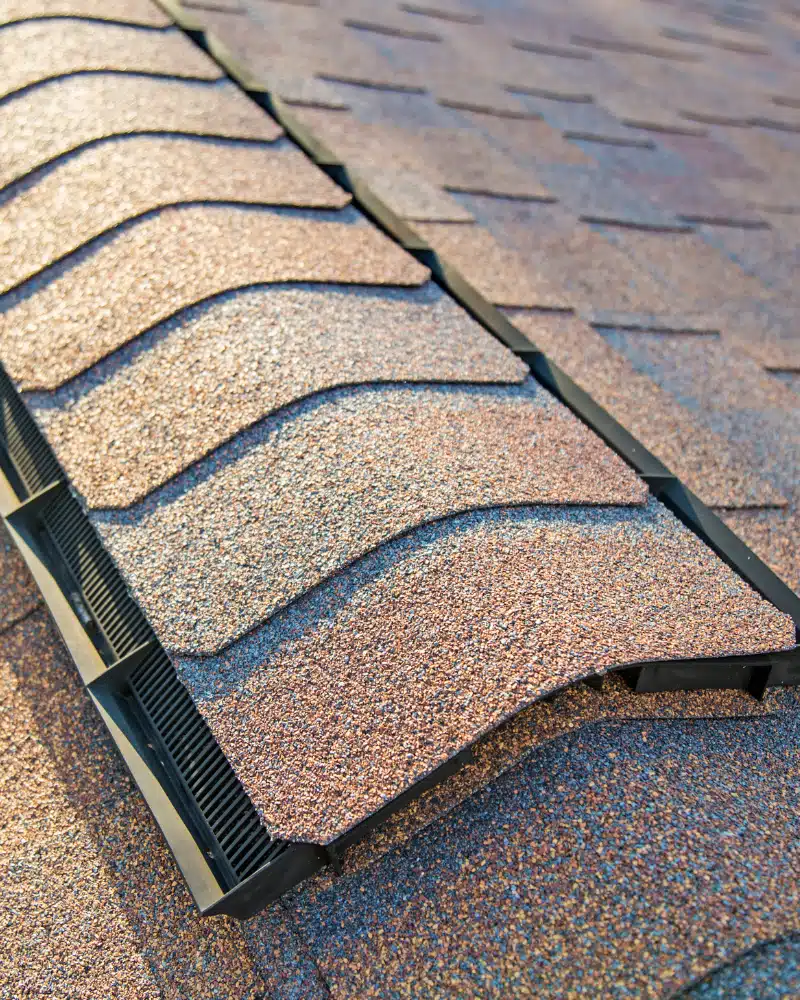
This element is like the spine of your roof, holding everything together and standing tall, even when the weather throws a tantrum.
Overview
The ridge is the horizontal peak of the roof where two slopes meet. It runs along the top of the roof and is often covered with a ridge vent to prevent water infiltration. The ridge helps to provide the roof with its shape and ensures proper ventilation when paired with ridge vents. Proper ridge installation is essential for maintaining the roof’s overall integrity and performance.
2. Eaves on Roof
Are you looking for an overprotective element always hanging out on the edge to make sure that the walls are dry and cozy? It’s time to learn about the edge.
Overview
The eaves are the lower edges of the roof that overhang the exterior walls of the building. They direct water away from the walls and foundation. The eaves often include gutters and downspouts that channel rainwater away from the structure. Properly designed eaves prevent water damage to the building and help maintain the longevity of the roofing material.
3. Soffit
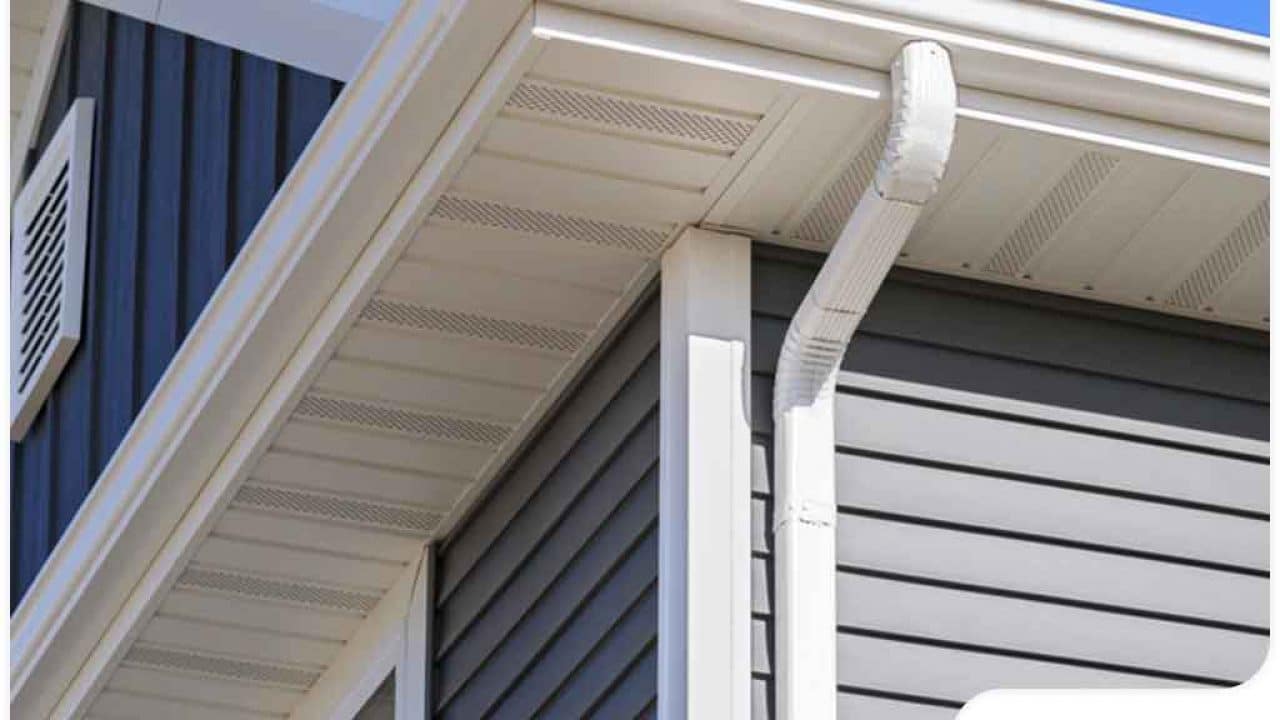
A hero which is working behind the scenes, silently working to keep everything cool and ventilated, is soffit.
Overview
It is the underside of the eaves and is visible from the ground. It covers the rafters or the area between the eaves and the exterior wall of the house. Soffits help with ventilation by allowing air to flow into the attic space. They can be made from various materials, including wood, aluminum, and vinyl, and they also contribute to the aesthetic appeal of the roofline.
4. Fascia
If you want to add a refined and polished look to your roof, fascia is something you should look into.
Overview
This is a horizontal board that runs along the roof’s edge, directly behind the gutters. It supports the gutters and helps protect the underlying roof frame from weather damage. The fascia also provides a finished look to the roofline. It is typically made from wood, aluminum, or PVC and must be kept in good condition to prevent issues with the roof and gutters.
5. Gutters
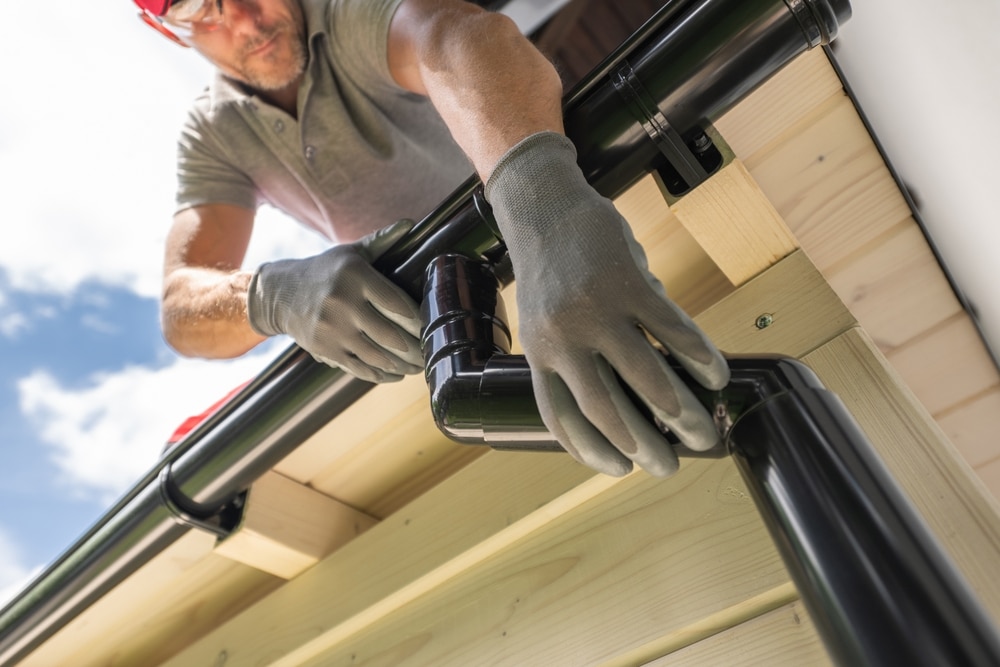
Every roof element plays a role in protecting and adding to the durability of the home and gutter is such an example. Not only it accumulates rainwater but also makes sure that your home doesn’t turn into a waterpark.
Overview
These functional beauties are installed along the eaves to collect and channel rainwater away from the roof and foundation. They help prevent water damage to the building’s exterior and foundation. Gutters come in various materials, including aluminum, copper, and vinyl. Regular cleaning and maintenance of gutters are essential to ensure they function correctly and do not overflow or become clogged.
6. Downspouts
These superheroes rescue your home from the perils of puddles and prevent your yard from turning into a splash zone.
Overview
Downspouts are vertical pipes that connect to the gutters and direct water from the gutters down to the ground or drainage system. They are essential for proper water management and preventing water from pooling around the foundation. Downspouts should be regularly inspected and cleaned to avoid blockages and ensure efficient water flow.
7. Shingles/Tiles
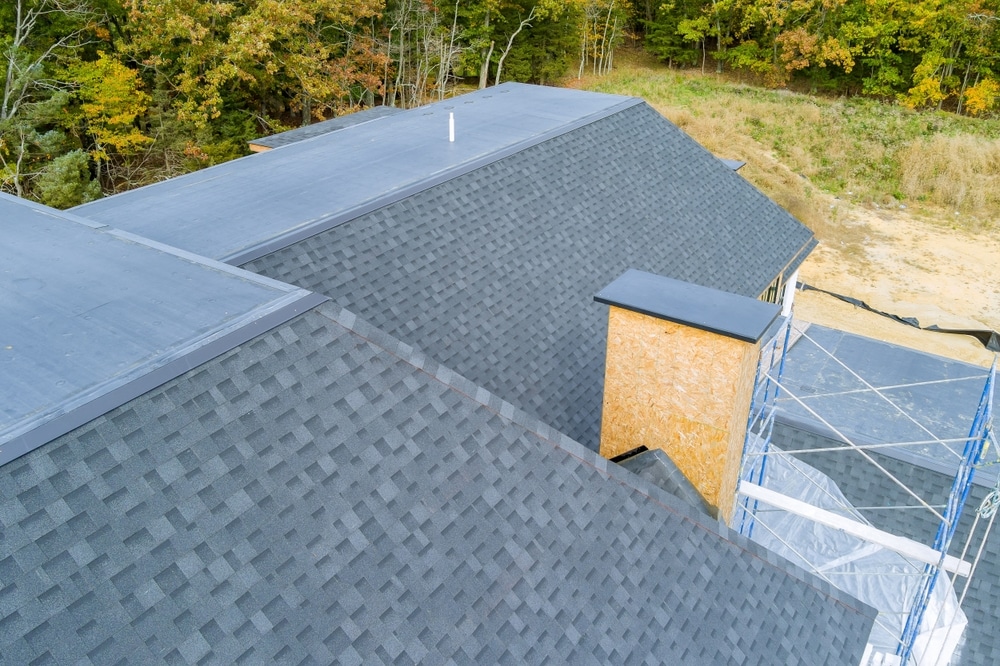
The outermost layer, shingles are something that not only serve the aesthetic purpose but also protects the roof from weather elements.
Overview
Tiles are the outermost layer of the roof and provide the primary protection against weather elements. Common types include asphalt shingles, wood, metal, and clay. The choice of roofing material affects the roof’s durability, appearance, and insulation properties. Proper installation and maintenance are crucial for extending the lifespan of the roofing material.
Folks, now, if you want to explore varied options for shingles, check out this amazing guide covering each of the top-rated shingles.
8. Underlayment on Roof
If you want to make sure that your shingles don’t get caught in a downpour, underlayment is your secret agent.
Overview
It is a layer of material installed between the roof decking and the shingles or tiles. It provides an additional barrier against water infiltration and helps to protect the roof decking from moisture damage. Common types of underlayment include felt paper, synthetic materials, and rubberized asphalt. The underlayment contributes to the roof’s overall durability and weather resistance.
9. Roof Deck
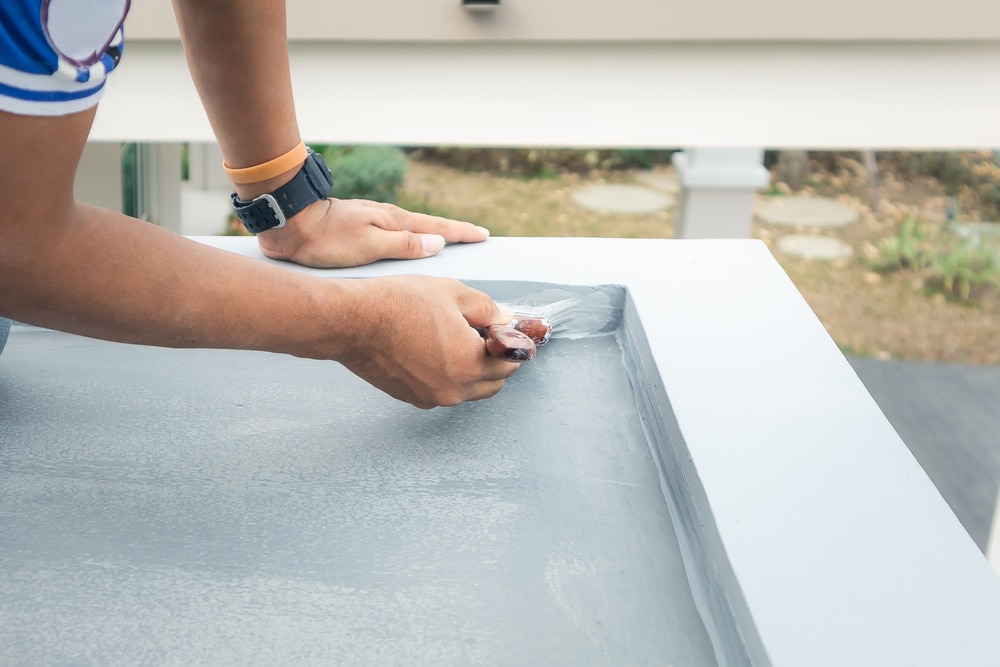
Folks, it is like the solid foundation of a great party; everything else relies on it, making sure your roof doesn’t just hang around but stays strong and steady.
Overview
The roof deck is the structural base of the roof, providing support for the roofing material. It is typically made from plywood or oriented strand board (OSB). The deck must be sturdy and properly installed to ensure the stability of the entire roofing system. It also plays a role in insulating the building and protecting it from the elements.
You can check out details on the roof decking in this article for more insights.
10. Ventilation System
Last but not least, the ventilation system is really important for your roof to stay durable.
Overview
A roof’s ventilation system includes components like ridge vents, soffit vents, and gable vents. Proper ventilation is essential for regulating temperature and moisture levels in the attic space. It helps to prevent problems such as mold growth, ice dams, and overheating. The ventilation system allows for the exchange of air, reducing humidity and improving energy efficiency.
Conclusion
Summing up, the article covered details on different parts of roof for better learning. If you are looking for durable elements that are not only practical but also add to the aesthetics, its time to read our article guide, and get yourself abreast of this knowledge.
